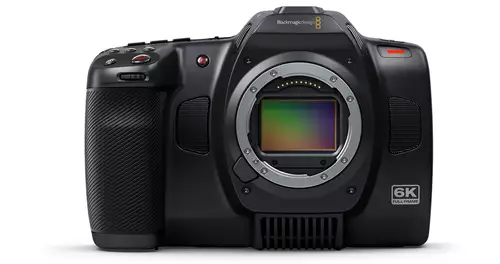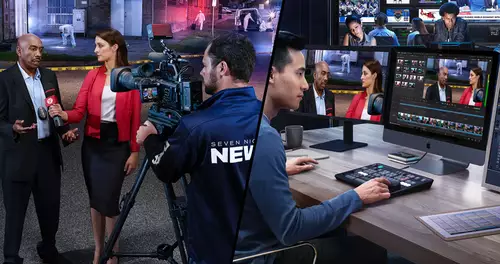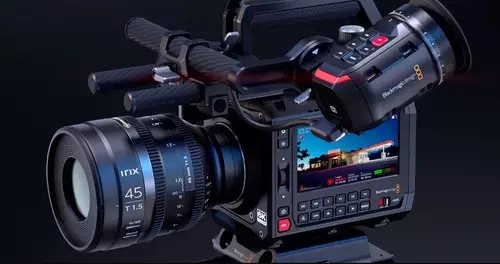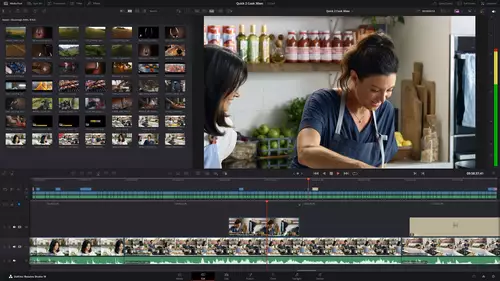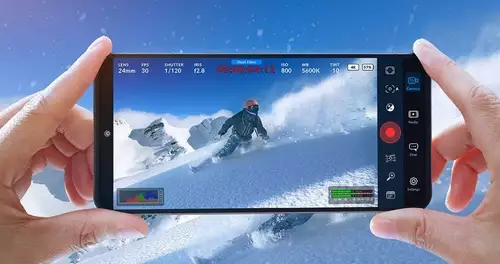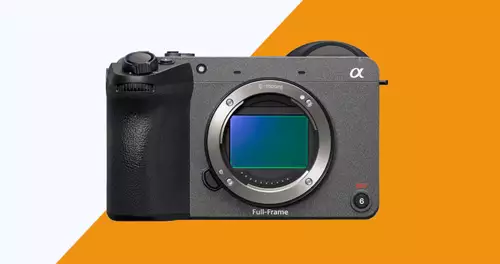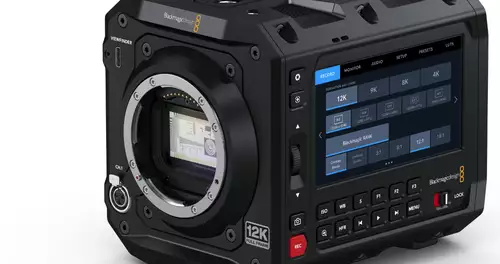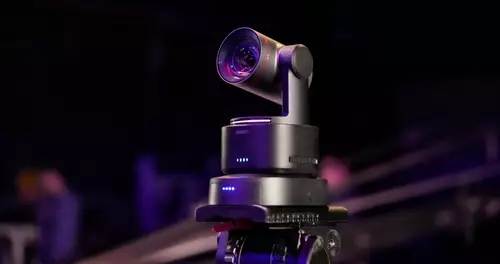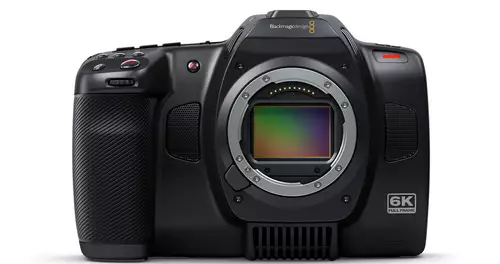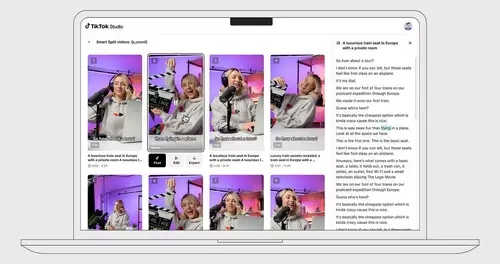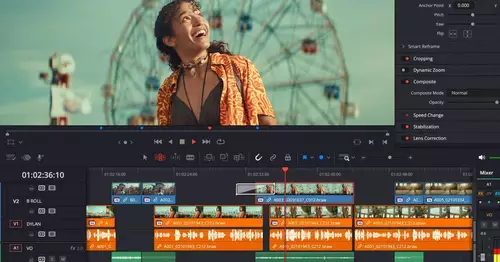With three brand new cameras capable of 4K in our hands, we were curious to see how they compare. Of course, these are completely different types of cameras -- the attractive pricing and the ability to shoot 4K is almost all they have in common -- so a real comparison between them is almost impossible. All depends on the situation and/or individual preferences. Is a quick postproduction workflow needed or is 10 bit color sampling more important? Not to mention the future RAW-option on the Blackmagic 4K. Are interchangeable lenses a must or is a fixed wide angle zoom-lens with integrated ND filters as on the Sony AX100 more attractive? Photography is second nature only to the GH4, so if versatility is the key, it beats the others hands down.
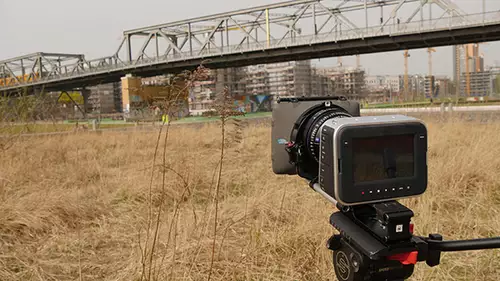
None the less, a look at what these cameras have to offer in terms of image quality is intriguing. For this comparative video a pre-production model of the GH4 was used -- it seemed stable though, we had absolutely no issues while shooting. Where flat cine profiles were available (BMD 4K and Panasonic GH4) we used those. The video contains the ungraded footage as well as graded sequences. We used 25mm Zeiss Compact Primes T2.1 (EF-mount and Micro-four-thirds-mount) with ND filters from Tiffen. No other accessories were used; this three-some shoot was an unplanned opportunity, so we grabbed what was at hand...
Some field notes:
Focus
Without accessories like external monitoring, focussing is something of a challenge. On the Blackmagic the display is practically of no use in sunlight (be sure to bring a blanket), on the other hand the camera offers the best colour peaking of the three, which in combination with focus magnification works fine. The GH4 display is better suited for outdoor shooting, and the 6x focus magnification is great. But the colour peaking is much to weak, so that puts both cameras on a similar level in terms of focussing. (Thanks to the Zeiss optics we managed to pull the focus in our shot transitions by hand.)
Ergonomics
Working with the Blackmagic Design Production Camera 4K without rig or cage is not really a good idea -- for its size, the camera is very heavy. It definitly needs external help to improve its handling, which makes it more expensive in the end than the body price suggests. The operation via menue is often criticised; once you adapt to it, it works though (for us at least).
The Panasonic GH4 offers maybe the best ergonomics we´ve encountered on this type of (photo)camera. It has a movable display and lots of customizable button control (including 5 virtual buttons on the display).
// Top-News auf einen Blick:
- ByteDance Vidi2 produziert selbstständig fertige Videos aus Rohmaterial
- Blackmagic DaVinci Resolve 20.3 bringt Support für 32K-Workflows und mehr
- Bis zu 1.000 Euro sparen: Cashbacks auf Kameras von Sony, Nikon, Canon und Panasonic
- Sony und slashCam verlosen eine FX2 Cinema Line Kamera
- DJI Neo 2: Verbesserte Mini-Drohne für Solo-Creator und Einsteiger
- Blackmagic PYXIS 12K - Sensor-Test - Rolling Shutter und Dynamik
Battery peformance
Not many words needed here: whereas both the GH4 and the AX100 held up for at least two hours of intensive shooting, the internal battery of the Blackmagic didn´t last for even an hour. Also you have no sure indication of how long it will keep up, the indication in % is not to be trusted. Supplemental batteries are a must.
Recording media
The Blackmagic writes 10-bit ProRes on SSD without any hassle -- the only camera here able of internal 10 bit recording. The Sony AX100 didn´t record any 4K at all until we fed it a 64GB SDXC UHS-I (a SanDisk Extreme Pro ought to be fast enough; we´re still waiting for official info from Sony about card specifications). The GH4 accepted our usual cards even though its data rate is more than triple (max. 200 Mbit/).
Resolution
The GH4 is the only camera offering both 4K varieties, UHD (3840x2160) as well as 4K Cine (4096x2160). Full HD recording is also possible, as with the Sony AX100. For this video, we had the GH4 shoot in max resolution (Cine-4K), which was then cropped to UHD in DaVinci Resolve.
By the way, the absence of scaling artifacts and moiré (which plagued many a Full HD large sensor camera) in the footage of all these cameras is something we´re really enthusiastic about.
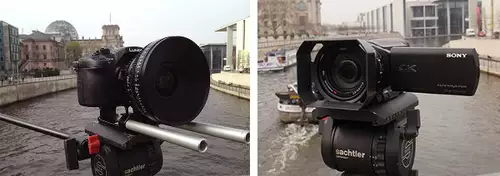
PS. As always, thorough tests of all these cameras will follow (in German though) -- the Sony AX100 is already online.




